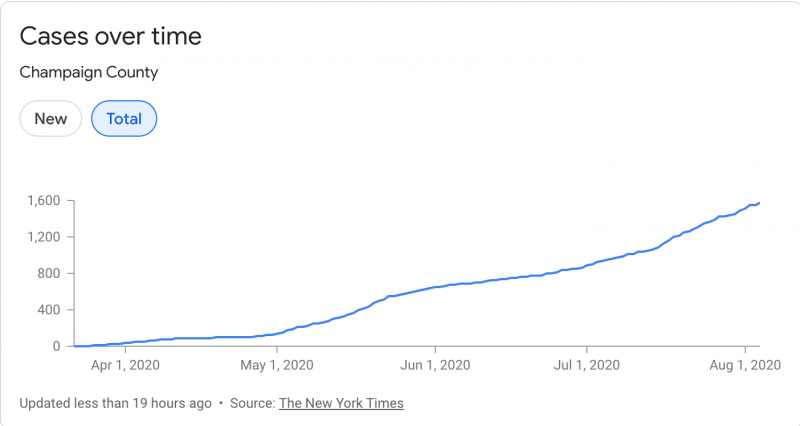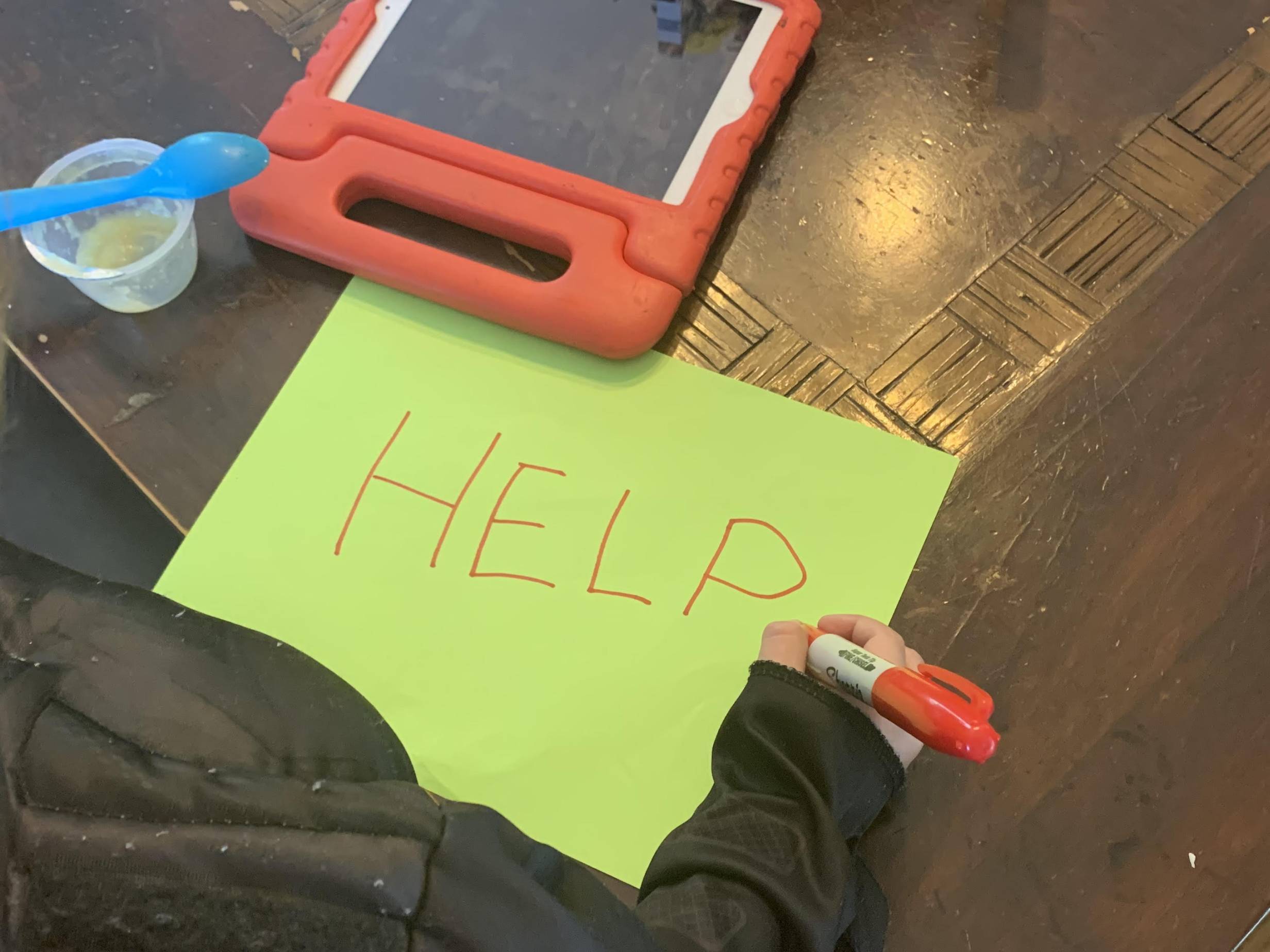Until Wednesday evening, our community was in heated debate over the idea of public schools reopening to in-person instruction, in any capacity. After all, the pandemic that has devastated this country and this community is not only still happening, it’s worsening.
We are at a critical juncture regarding the future of this community. Earlier this week, Champaign County had its highest number of hospitalizations related to the COVID-19 virus. We have seen cases rise exponentially — not fall — as a result of people simply refusing to wear masks and remain physically distant, and because of the flawed and poorly executed Phase 4 guidelines administered by the State of Illinois. These numbers will only continue to increase as the University of Illinois invites students to return to campus later this month.
Over the past two weeks, both Champaign Unit 4 and Urbana District 116 released modified and updated plans for reopening schools in August. Neither of their plans had effectively met the safest standards of the public health guidance we’ve been offered by the Champaign-Urbana Public Health District.
And on Wednesday evening, that all changed, at least temporarily. The decision to keep schools remote as we enter the fall semester was the right one, as it buys the districts more time to better assess the numbers, and gives faculty and their teams more resources to plan curricula for the coming months.
As we wrote in our previous editorial, the safest possible option for students and teachers who need to be on site is an outdoor, distanced, mostly virtual learning environment.
To further confirm and illuminate that, we again asked the Director of CUPHD, Julie Pryde, the following question, and she gave us her response:
Smile Politely: In your guidance for school’s reopening, under the category Minimal Risk, it states: “Activities that take place outdoors are generally safer than indoor activities.” Can you confirm that this is the safest possible option to sending a student or teacher to a school?
Julie Pryde: “Yes. If students would return to school, activities that take place outside, with social distancing and masking would generally be safer than those conducted inside.”
To that end, we still maintain that this is the guidance that should be directing our administration right now. If you are unfamiliar with the idea of utilizing the outdoors as a learning space, we would ask that you spend the next seven minutes watching this PBS report on the efficacy of such a plan :
The safest possible option for students and teachers who need to be on site is an outdoor, distanced, mostly virtual learning environment. Those are the hard facts.
When the districts shut down schools in March, they did so in order to stop the spread of this novel coronavirus. The intention, in part, was to reduce it to a manageable and traceable level before August, so that we could safely return to some semblance of a normal life.
Collectively, we have failed.

Screenshot from Google.
We are no longer interested in solely adhering to the guidance put forth by the IDPH and the ISBE. They have also failed. It has not been effective to the degree it needed to be.
We need for our local leaders to show courage and fearlessness in the face of dissent. That’s what true leaders do. Dr. Zola at Unit 4 and Dr. Ivory-Tatum at District 116 have both shown that they can consider and react to facts and data to make choices to keep us safe. We are grateful for that leadership, but we also believe they need to take a bold and more decisive step in planning for what comes next.
Those students that most need in-person instruction are at a disadvantage in an all remote-learning scenario. Now, it is up to the districts to figure out how to best serve those students. It is up to us as a community to find ways to support teachers, students, and families who are most negatively affected. We need to think outside of the box, and outside of our classrooms, literally, to meet the moment.
The Editorial Board is Nicole Anderson-Cobb, Seth Fein, Jessica Hammie, Julie McClure, and Patrick Singer.








